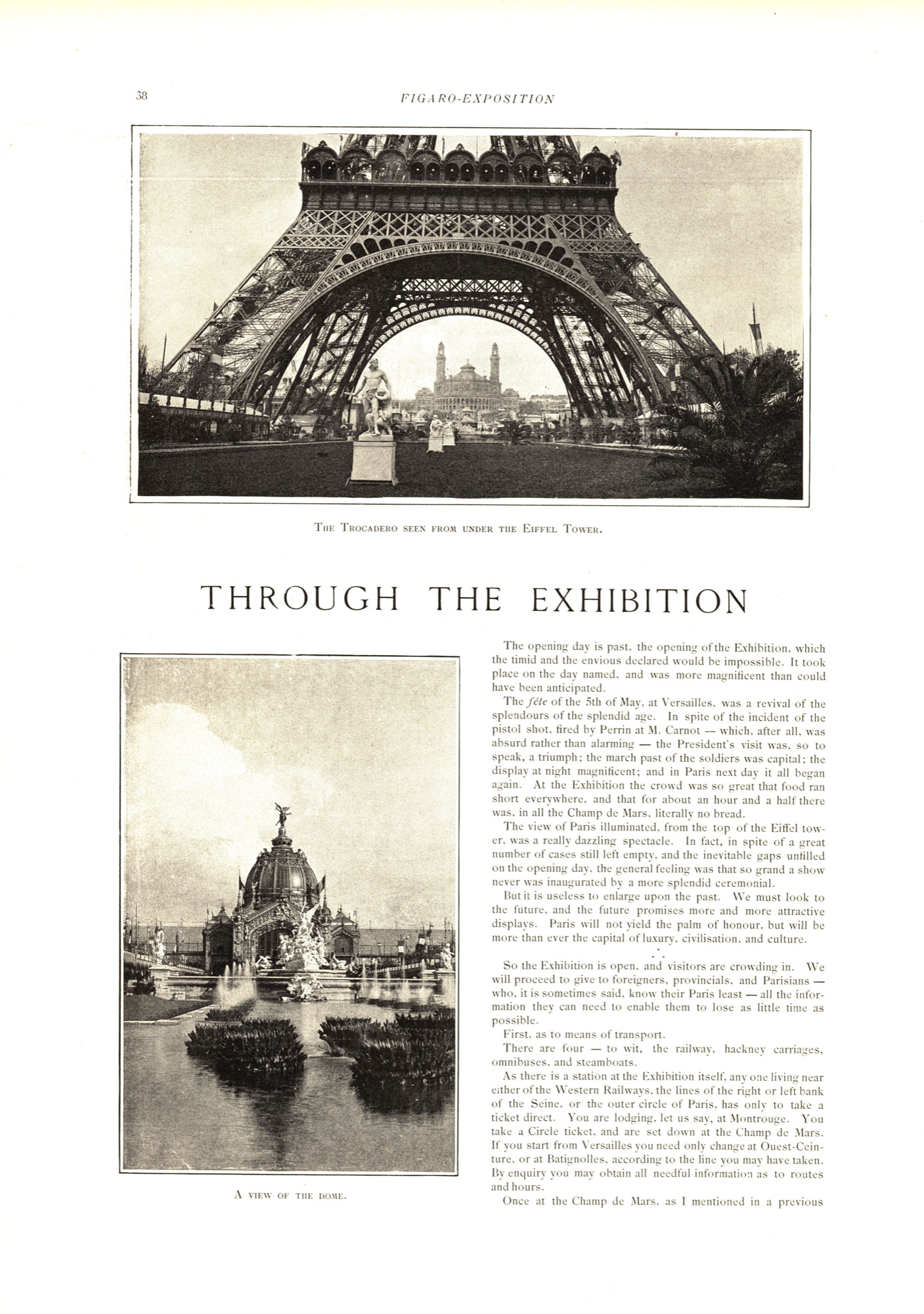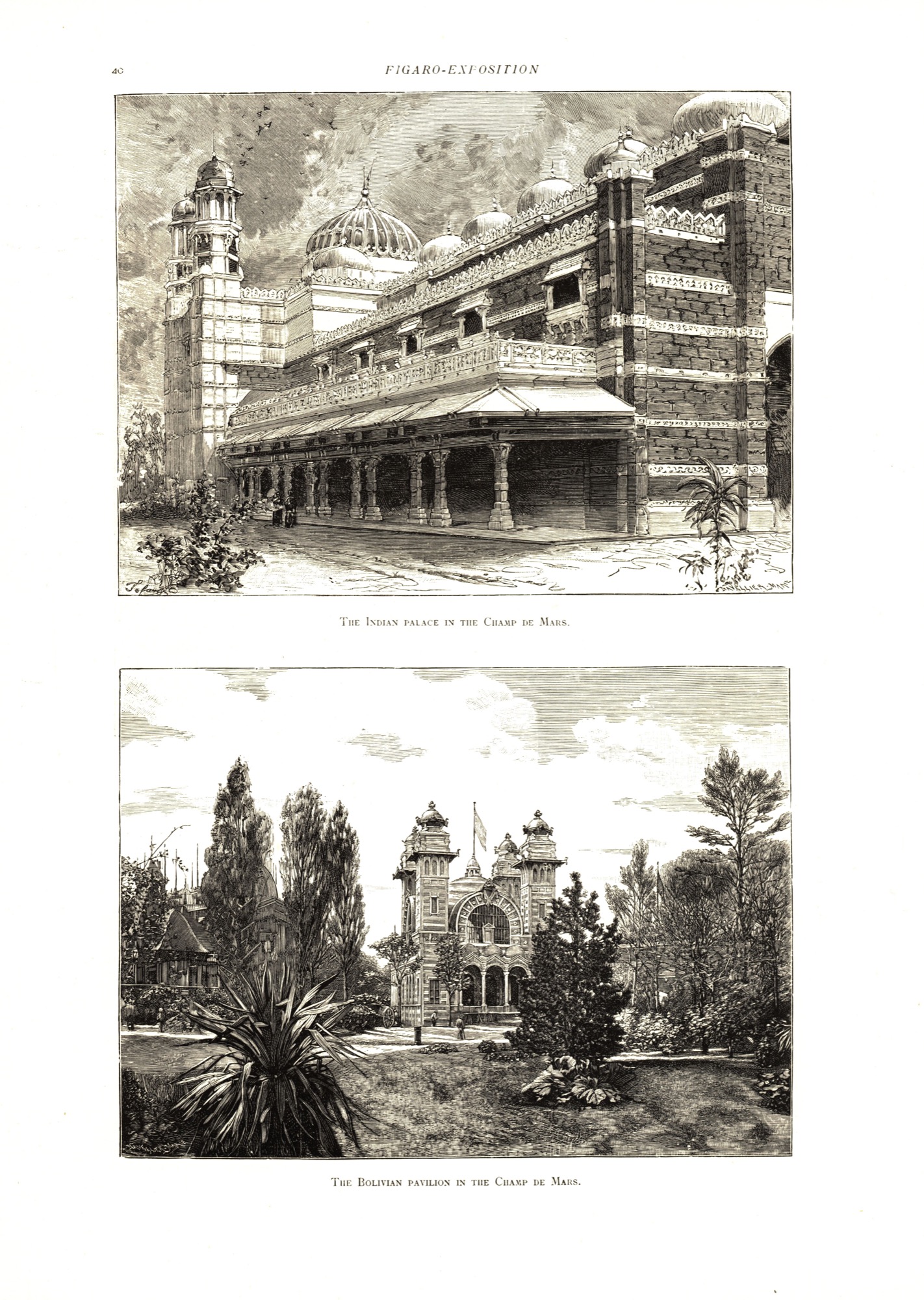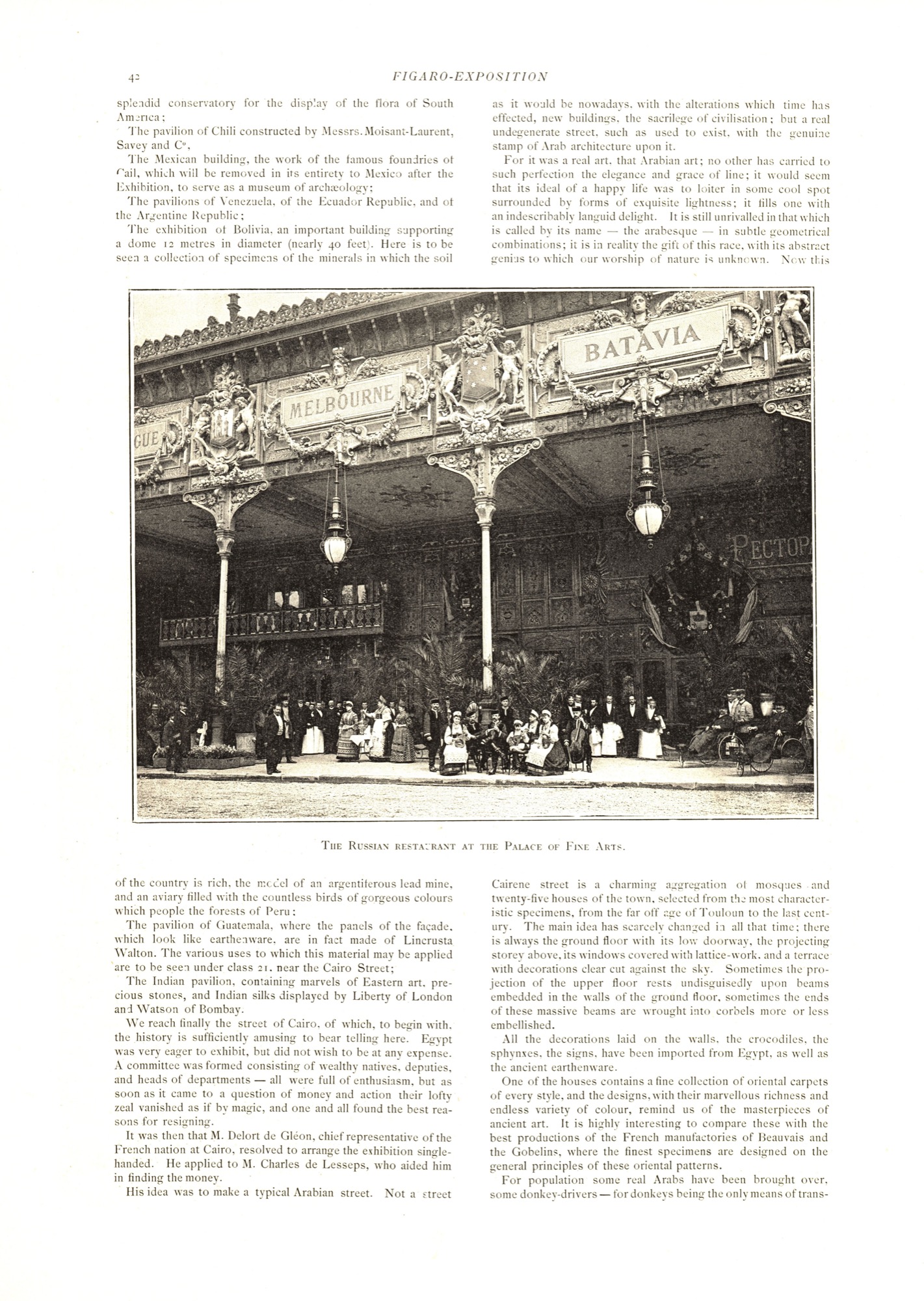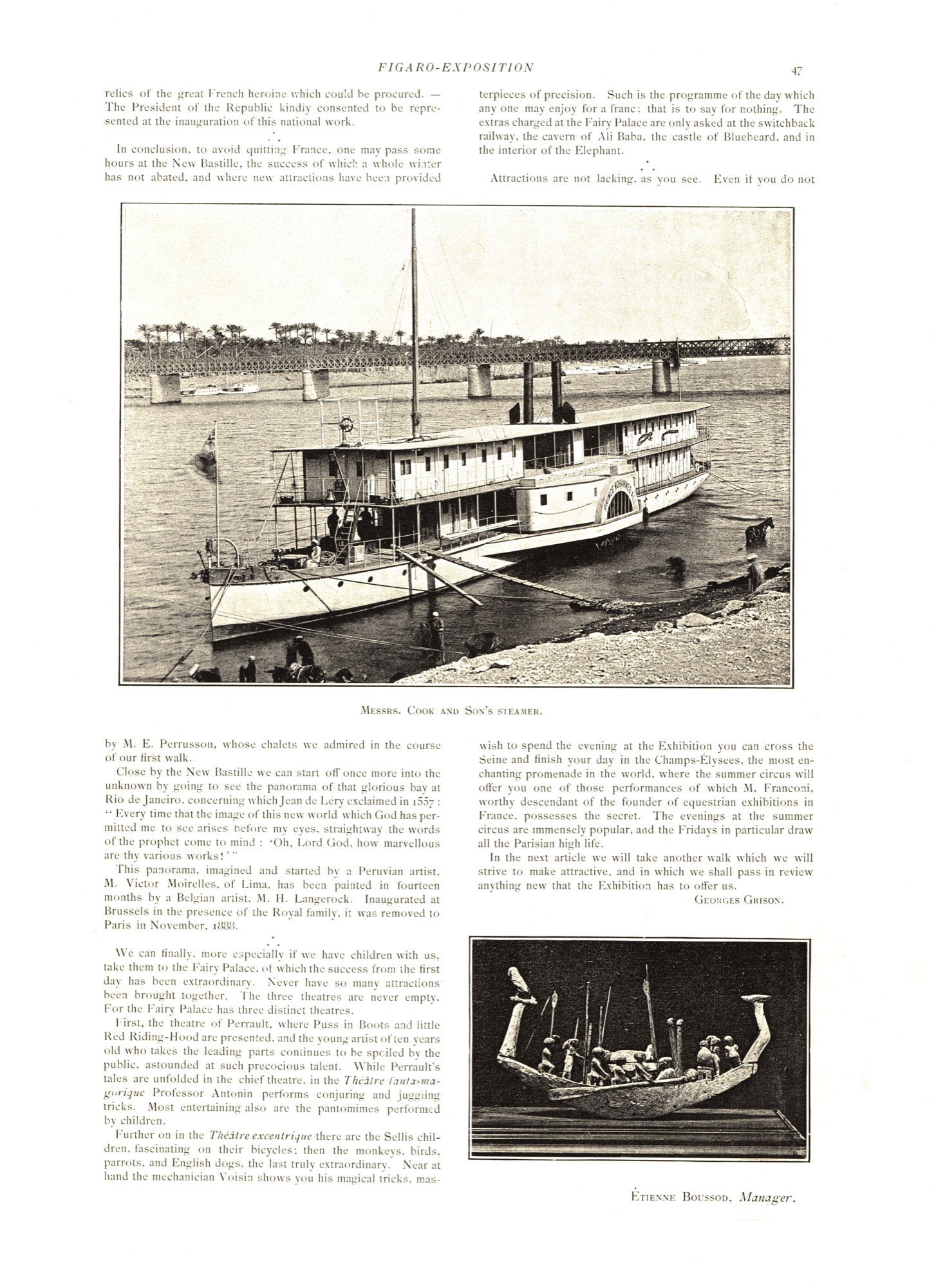You are browsing the full text of the article: Through the Exhibition
Click here to go back to the list of articles for
Volume: 1899 of Figaro Exposition
| Figaro Exposition Year 1899 Page: 38 | |||||||||||||||||||||||||||||||||
| Through the Exhibition By Georges Grison | |||||||||||||||||||||||||||||||||
|

|
|
|||||||||||||||||||||||||||||||
| Figaro Exposition Year 1899 Page: 39 | |||||||||||||||||||||||||||||
| Through the Exhibition By Georges Grison | |||||||||||||||||||||||||||||
|

|
|
|||||||||||||||||||||||||||
| Figaro Exposition Year 1899 Page: 40 | ||||||||||||||||||||||||||
| Through the Exhibition By Georges Grison | ||||||||||||||||||||||||||
|

|
|
||||||||||||||||||||||||
| Figaro Exposition Year 1899 Page: 41 | |||||||||||||||||||||||||||||
| Through the Exhibition By Georges Grison | |||||||||||||||||||||||||||||
|

|
|
|||||||||||||||||||||||||||
| Figaro Exposition Year 1899 Page: 42 | |||||||||||||||||||||||||||||
| Through the Exhibition By Georges Grison | |||||||||||||||||||||||||||||
|

|
|
|||||||||||||||||||||||||||
| Figaro Exposition Year 1899 Page: 43 | ||||||||||||||||||||||||||
| Through the Exhibition By Georges Grison | ||||||||||||||||||||||||||
|

|
|
||||||||||||||||||||||||
| Figaro Exposition Year 1899 Page: 44 | |||||||||||||||||||||||||||||
| Through the Exhibition By Georges Grison | |||||||||||||||||||||||||||||
|

|
|
|||||||||||||||||||||||||||
| Figaro Exposition Year 1899 Page: 45 | |||||||||||||||||||||||||||||
| Through the Exhibition By Georges Grison | |||||||||||||||||||||||||||||
|

|
|
|||||||||||||||||||||||||||
| Figaro Exposition Year 1899 Page: 46 | ||||||||||||||||||||||||||
| Through the Exhibition By Georges Grison | ||||||||||||||||||||||||||
|

|
|
||||||||||||||||||||||||
| Figaro Exposition Year 1899 Page: 47 | ||||||||||||||||||||||||||||||||
| Through the Exhibition By Georges Grison | ||||||||||||||||||||||||||||||||
|

|
|
||||||||||||||||||||||||||||||









